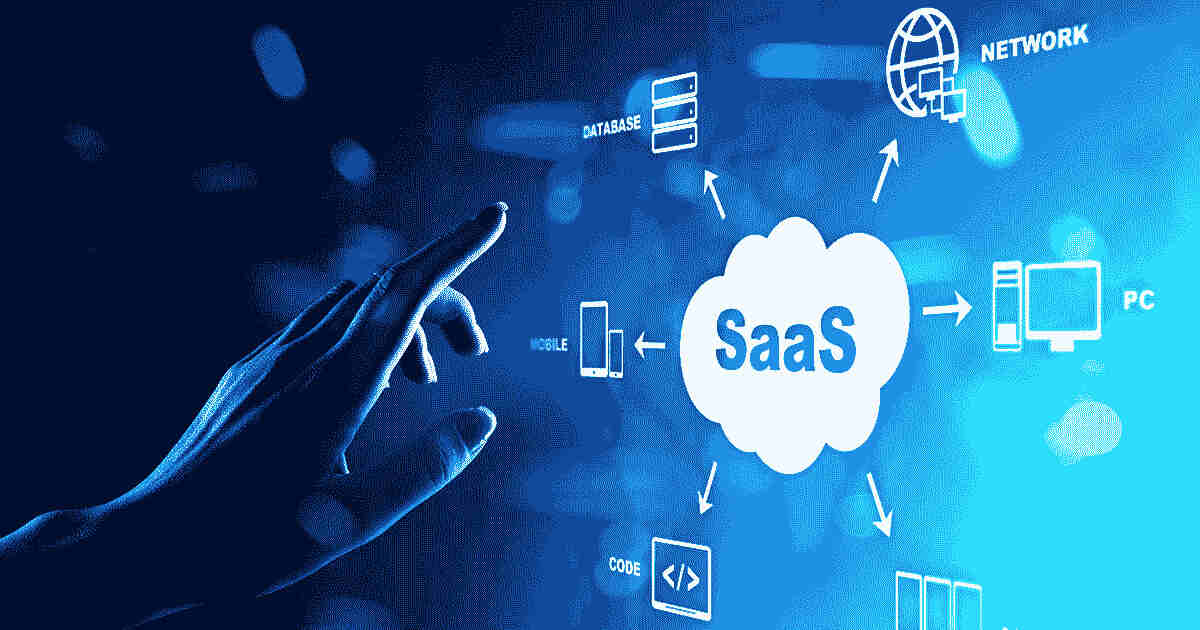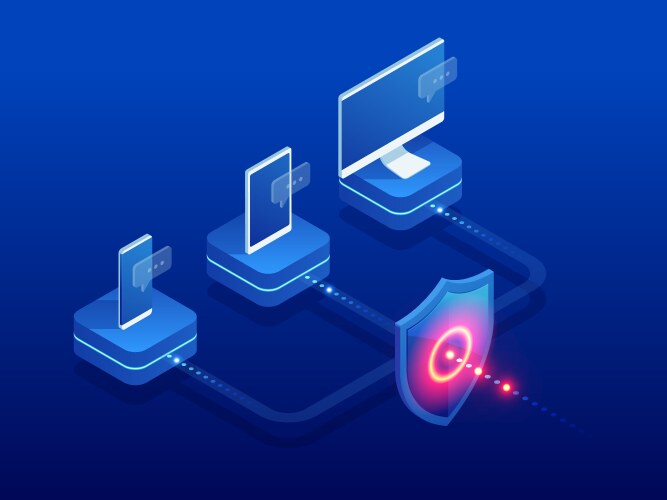
L’ORÉAL’S DIGITAL REINVENTION CASE STUDY
L’Oréal's Digital Reinvention harnesses AR, data, and influencers to elevate personalization, drive engagement, and accelerate growth.










© 2024 Crivva - Business Promotion. All rights reserved.